Your cart is currently empty!
[Hanfugirl Christmas Edition] Becoming Sacred deers of ancient China
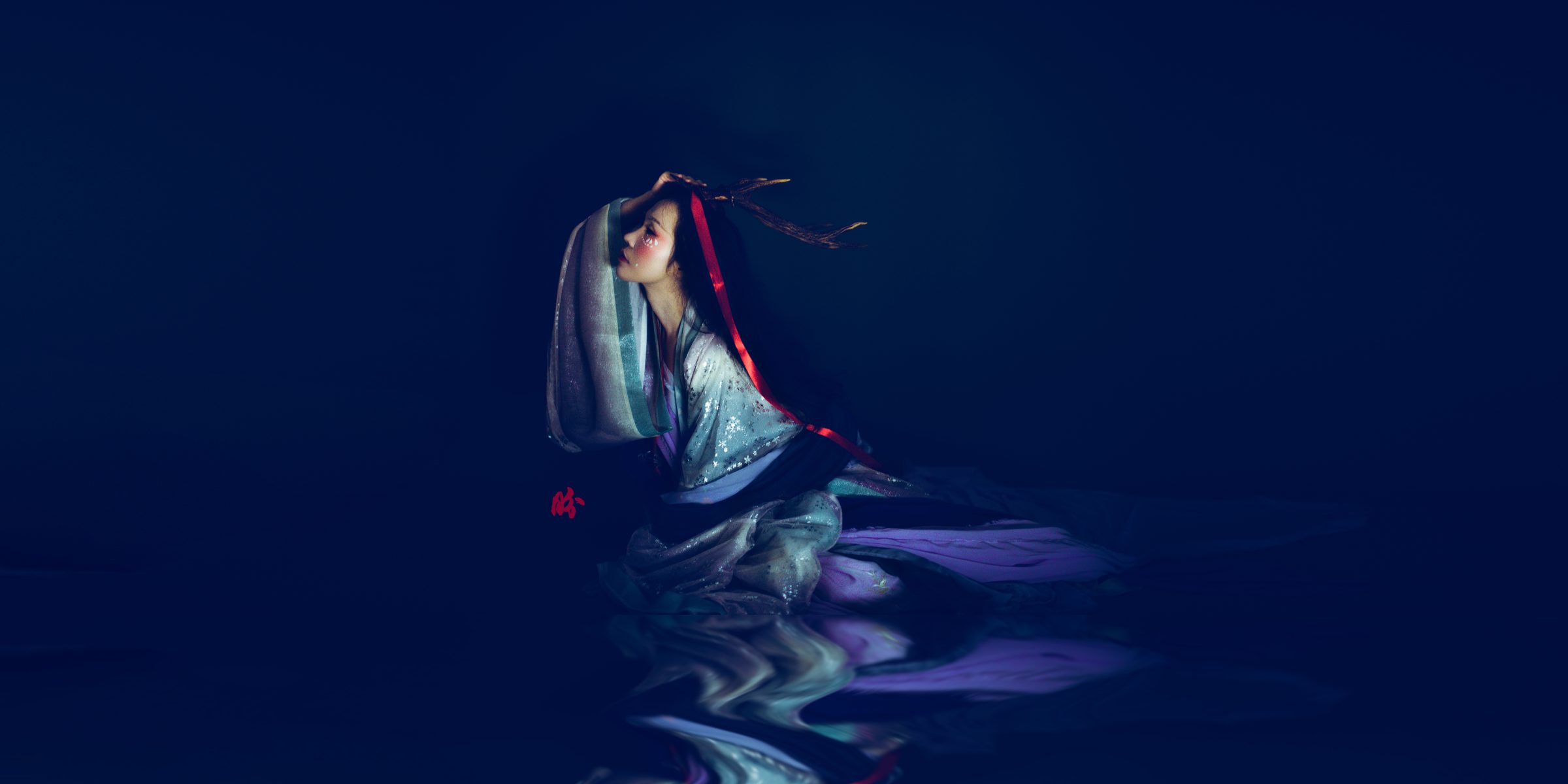
Deers were regarded as sacred creatures in Chinese culture for thousands of years. Two mythological deers, in particular, captured the imagination of many ancient Chinese, and were very much like the unicorns and reindeers of the West. Since ’tis the season of traditions and deers, I thought of dedicating a piece on the two ancient creatures and how I reimagined them. The unconventional Chinese make-up and accessorising styles used have certain basis in history, so styling history buffs can skip to the bottom for details.
Otherwise, let’s start with the stories~
The first tale is the Chinese equivalent of a unicorn–the Deer of nine colours 九色鹿
Hidden in the deep caves along the once bustling silk road, where traders frequently passed by when travelling between the East (China) and the West (Central Asia) a thousand years ago… was a painting of a white-horn deer of nine colours. A deity that took the form of a deer, he was also the king of all deers (in another record, it was said that the king of deer was the past life of Buddha). His antler is as white as snow, and his skin a rainbow of nine colours. He would often rest by the riverbank, accompanied by little creatures of the wilderness.
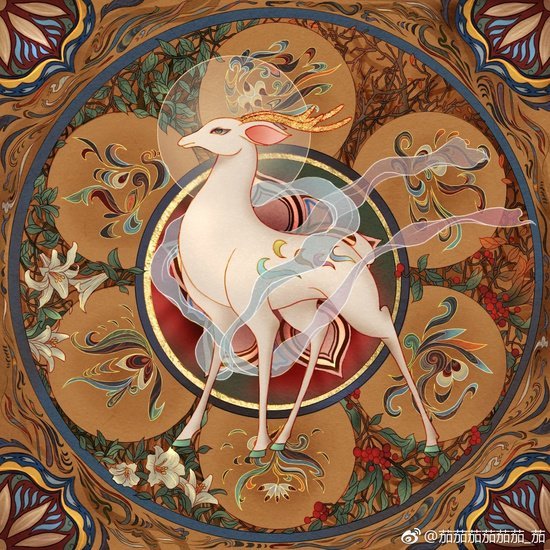
One day, he heard cries for help in the nearby river and went to the drowning man’s rescue. Despite his unusual disposition and look, he did not have any magical power. It was a risk on his own life that he took, when he plunged into the river with strong current. The man was saved but the deer declined the drowning man’s offer of eternal servitude and instead, simply told the man to keep his identity a secret lest people hunt him for his skin (and of course, rare white antler).
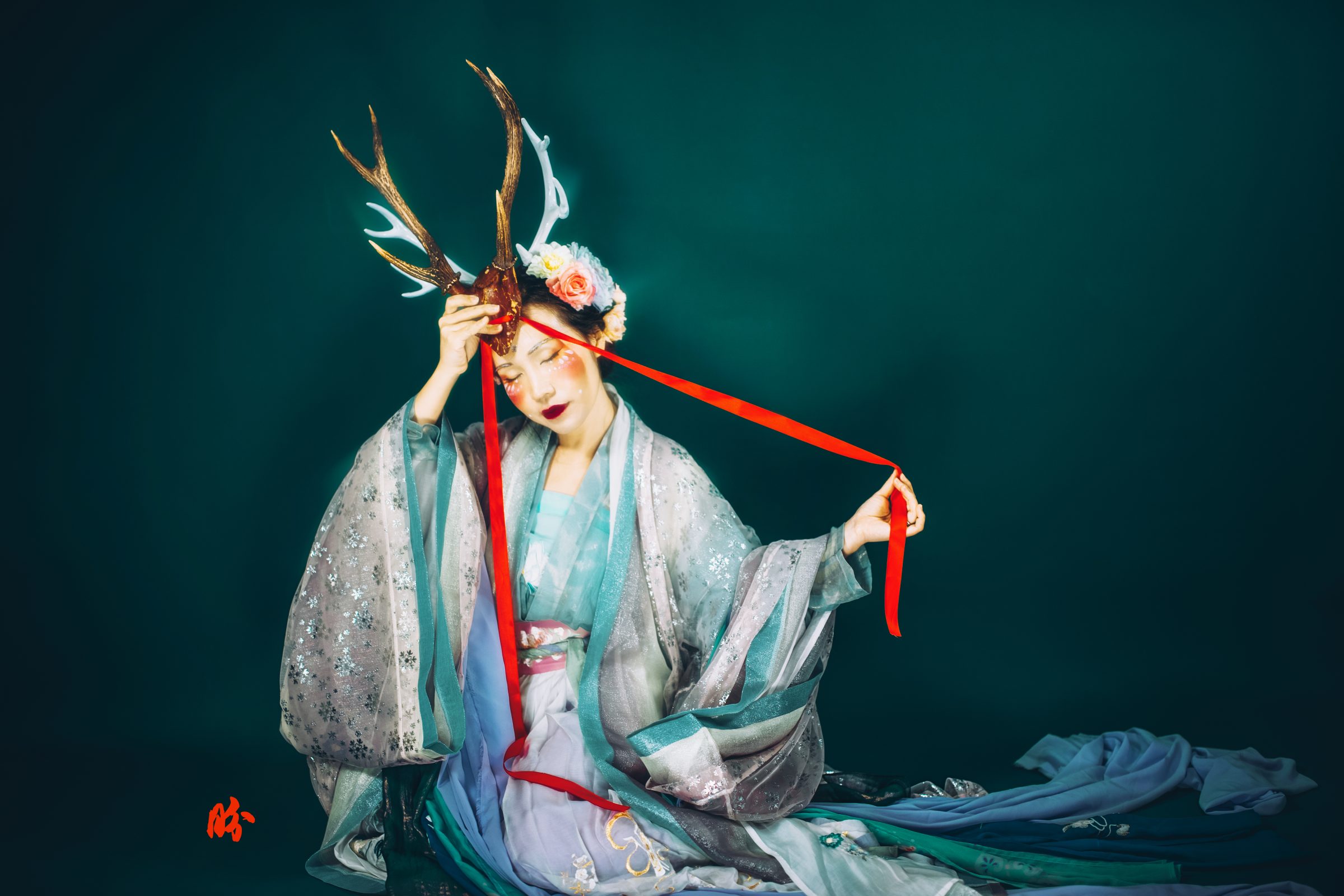
Alas, human cannot be trusted in face of temptation. The queen dreamt of the deer of nine colours one night, and coerced/emotional blackmailed the king into agreeing to hunt the deer down so she could use it for her fur coat. So the king did as he promised, as all loving husbands would. And as all resourceful and rich husbands would, instead of doing it himself manually, the king offered a handsome reward for whoever could tip him off on the whereabouts of such a deer.
Driven by greed, the almost-drowned man volunteered offered his service. He brought the king and his men to the river where the deer often rested. There the deer was, defenceless and completely unaware of the danger that’s approaching him. When the king’s men had their bows out, ready to shoot him down.
The deer bellowed “HOLD IT! I have just one question”. And turned to the king, “how did you know to find me here?” The king, obviously didn’t sign any non-disclosure agreement with the almost-drowned man, pointed to the man in the far distance.
The Deer, extremely distraught, swept and told his story of betrayal to the king. After which, he told the king that he was ready to be killed. The king obviously didn’t kill the deer, and instead, persecuted the almost-drowned man for being such an ingrate.
This ancient myth reminds me a lot of Princess Mononoke. I’m pretty sure Hayao Miyazaki had the Deer of Nine colours in mind when he created the story. The cautionary tale of greed and human evilness.
I’m a terrible storyteller, so for a more dramatic and detailed story, you can visit HERE.


Then, there’s the Chinese reindeer–the Milu (麋鹿), also otherwise known as Pere David’s Deer. [NOTE: It is not the same as reindeer]
It doesn’t have an elaborate story as the Chinese unicorn, but the factual story of its near-distinction (actually for a while the entire specie was wiped out from China) and how it went from continent to continent and finally back to China after hundreds of years is a fascinating one.
We’ll start off with its mythological origin. It’s known as the 四不像 which literally translates to 1/4 of everything. It’s said to be a creature with a deer’s antlers, a horse’s face, a donkey’s tail, and a camel’s neck. Kind of hard to imagine, isn’t it?
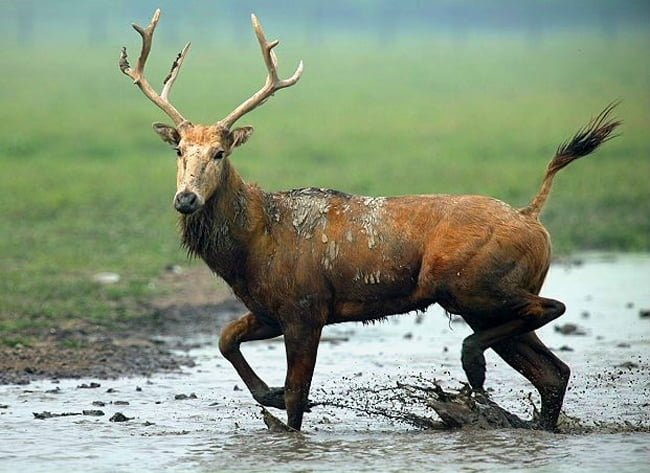
The Milu guest-appeared in the Investiture of the Gods/ The Creation of Gods, a fantasy/historical/mythological Chinese novel which dates back to the 16th century. It was the mount (designated animal to ride) of Jiang Ziya–a main deity/god in the book who was sent down from heaven to assist the Ming dynasty emperor, and also to liaise between earth and heaven.
Milu is native to China with its natural habitat being the swamp area along the Yangtze river. Due to climate change (ah, yes, it happens throughout history too), it became endangered way back during Han Dynasty (2000 years ago). During the Mongol and Manchurian rule, these deers were rounded up in the royal hunting grounds, with none left in the wilderness. Due to negligence in taking care of the deer, at one point in the past few centuries, it dropped to as low as 18 herds (in the entire world! Rarer than the Giant Panda).
Its ‘Christian name’ Pere David was given in the 19th century when the French missionary introduced its existence to the Western world. Countries started to find all kinds of ways to get hold of this deer for their zoos. And thank goodness they did! War and famine caused the deer to be completely wiped out from China during the tumorous years of endless invasions. At the end of the 19th Century, an English royalty (11th Duke of Bedford) gathered all 18 of them scattered across Europe and made a conscientious effort to breed and multiply them to reach 255 by 1983 (of course one can’t possibly live that long, so his sons continued his great legacy).
It’s only in the ’80s that Milu returned to China. To date, there are only about 5,000 herds of Milu in the world.
Make-up and Accessorising like an ancient Chinese who worships deer
HEAD
Ancient Chinese used to wear deer antlers on their heads as early forms of accessories, and for auspicious reasons. Because deers shed their antlers and grow new ones every Spring, antlers took on the auspicious meaning of rejuvenation and a new beginning for the ancient Chinese. Several ancient artefacts from that era and later on had engravings or motif of a person/woman wearing antlers on their head.
FACE
Face-painting has been part and parcel of many ancient cultures. They were often used for ritualistic purposes or for warfare to ward off evil spirits. The habit of face-painting or decorating the face with different patterns and colours did not cease with more sophisticated development of make-up tools. Women were decorating their faces with fish scale, and all kinds of shiny, colourful things well into the Tang dynasty. Qin Shihuang (First emperor) was said to love face painting/decorations as it was deemed to be marks of goddess. And he was particularly known for his futile attempt in finding the elixir of eternal life.
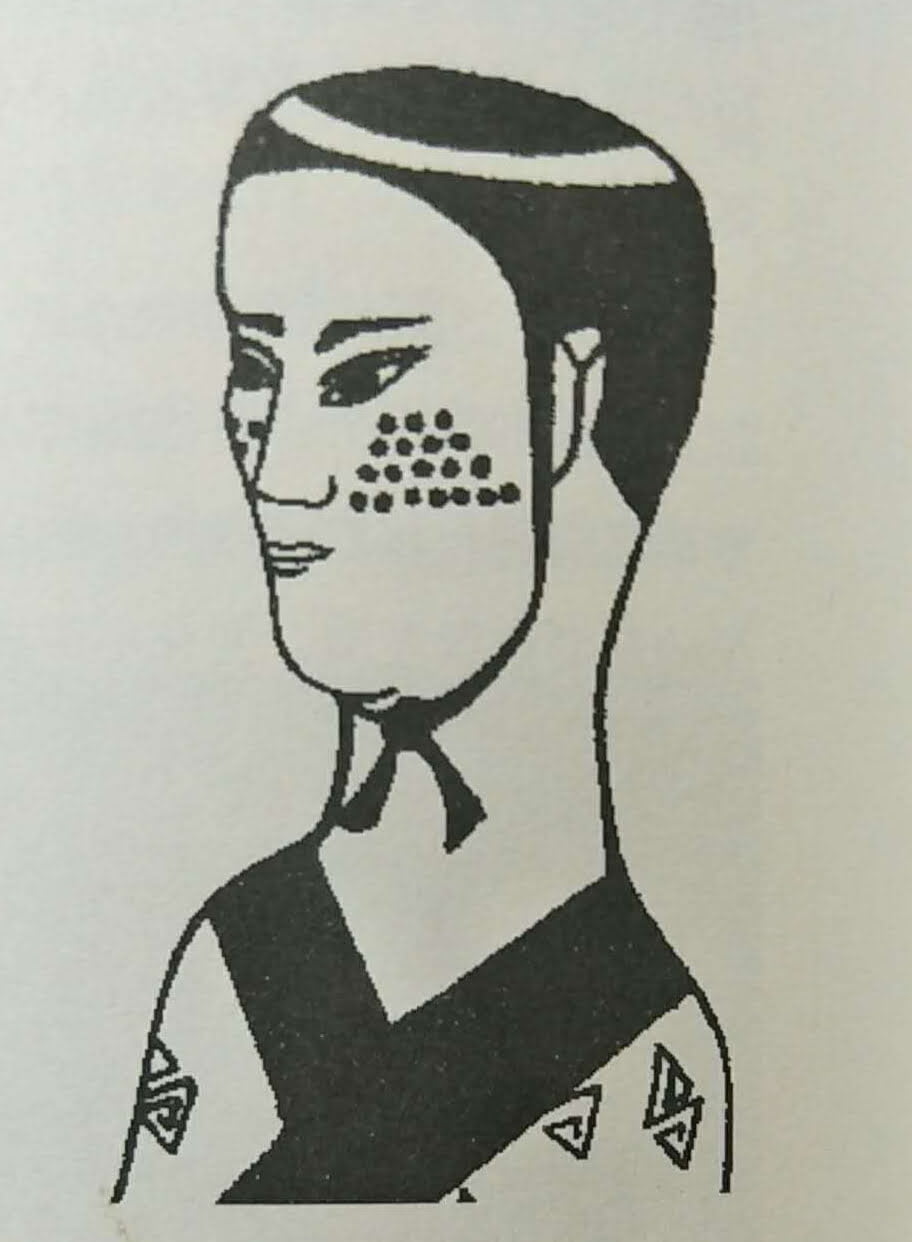
In artefacts uncovered about 2,000 years ago, the Chinese were already using extremely sophisticated make-up and cleaning tools. They already had a box set of 5 or 7 make-up items during the Wei, Jin, Northern and Southern dynasties (220-589 CE) which included foundation powder, hair brush, hair comb (finer teeth), eyebrow brush, mirror, facial towel etc.
Interestingly as well, women in China loved to have something decorative on their forehead in between their brows. It has always been deemed as a fashion started by a favoured concubine of some emperor in the ancient past, and nothing more, but I wonder if it’s got something to do with the influence of Indian culture through silk road as well. My Indian colleague told me that they believe that putting a red dot on the forehead is to awaken and unlock the power of the Chakra on your forehead. That’s also why I thought of putting an additional decoration there on top of those on my cheeks.
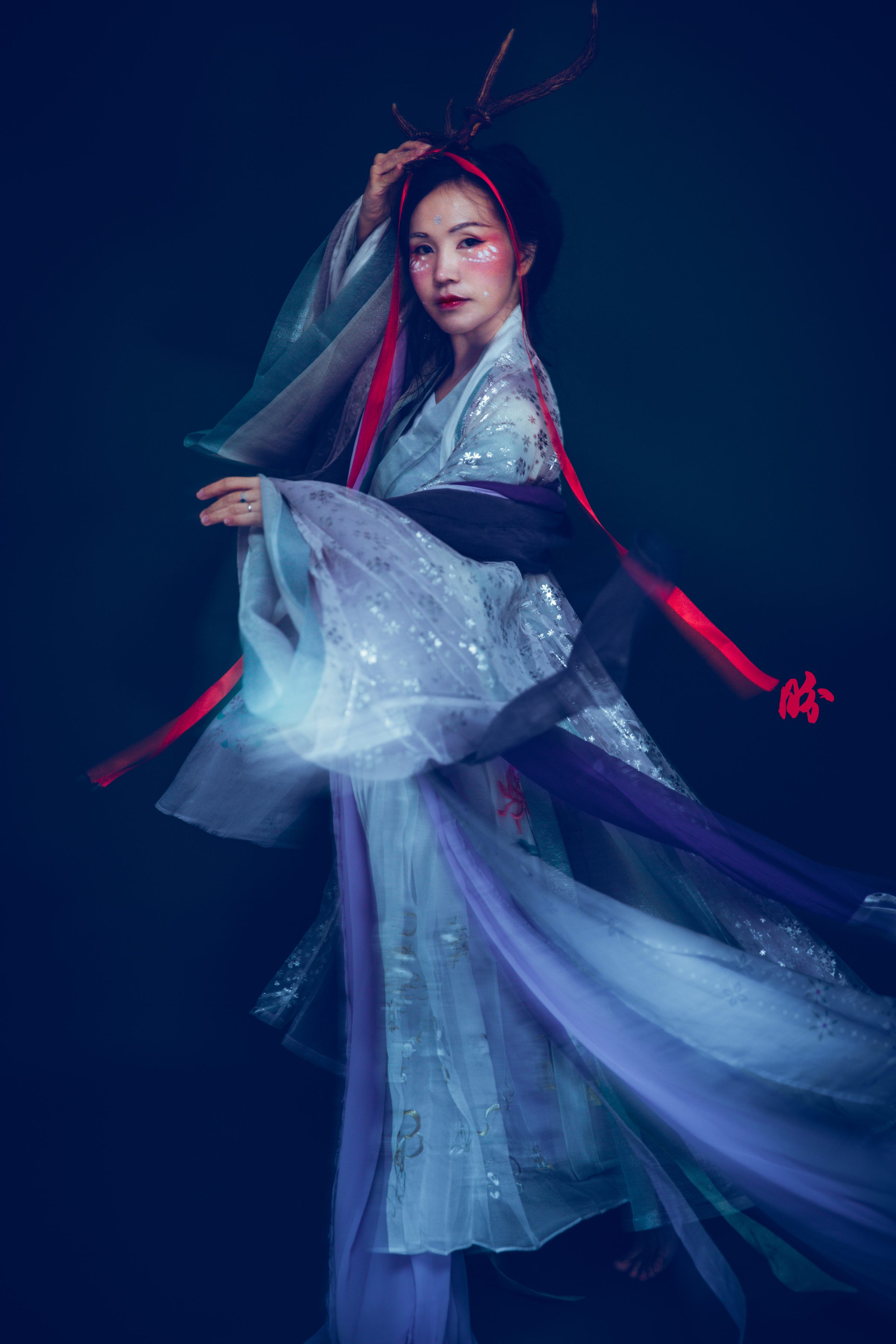
DRESS
Since this is an reimagined personification of a mythical creature, I have decided to wear a style that is closer to the Wei, Jin, Northern and Southern dynasties about 1,500 years ago. This is also particularly fitting because Buddhism (which is where the story of deer of nine colours came from) started to flourish in China during this era as well. While it was first introduced to Chinese in the period before (Han Dynasty), it never really took off because Chinese translations weren’t available–they were only phonetically transcribed during that time. So when a monk translated the Buddhist scriptures and stories from Sanskrit to Chinese during the Wei, Jin, Northern and Southern dynasties, that’s when Buddhism really started to flourish in China.
It’s been a long post, thank you for your perseverance!

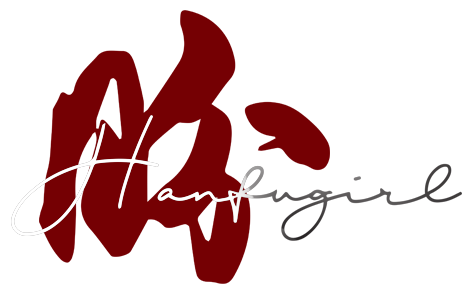
Leave a Reply